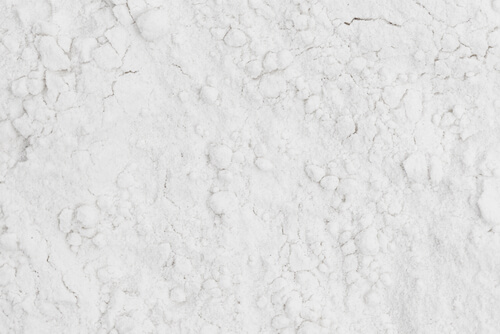
In this research paper I will discuss the movement between of cocaine between the South American producers and the USA, via what is known as the Cocaine Trail.
Anybody with their finger on the cultural pulse will be able to recognize that the 1980s heydays of cocaine in America is long over, but that does not mean that America doesn't retain its title for the biggest consumer country of cocaine, and lots of other drugs, in the entire world.
The prominence of the infamous figure Pablo Escobar has led to the assumption that all US based cocaine comes straight from Colombia, but if that used to be true, it certainly isn't anymore. The drug trade, especially the cocaine trail, is spread across countries all over the world, leaving billions of dollars and unfortunately many dead bodies in its merciless wake. So, where exactly does America's cocaine come from?
According to research papers, the three biggest cocaine producing countries in the world today are Bolivia, Colombia and Peru, with the USA being the biggest buyer of this foreign product. An astonishing estimate of 90 percent of the cocaine currently in the United States is believed to originate from those three countries alone, and the second biggest buyer is Brazil, which happens to share a border with all three.
Bolivia, the southernmost country of the three mentioned, has seen a recent spike in the production of cocaine thanks to the huge amounts of legal coca that has been growing there along with the expulsion of the DEA. Though it still does not meet the production levels of Colombia and Peru, its production rate has increased by 70% during the period between 2006 and 2010. Evo Morales, the president, recently increased the number of hectares that can be used for legal coca cultivation purposes by the indigenous people. With this rise in hectares came a rise in illegal usage and also a rise in the efforts to stop said illegal usage.
As you move north towards the USA, cartels have to pass through the biggest producer of coca in the world, once Colombia but now actually Peru. Though it only contains half the number of hectares, the Peruvian fields yield a much higher amount of coca per area. Peru can produce approximately 325 metric tons of cocaine a year, whilst Colombia can only produce an estimated 270 metric tons using their own fields.
Further north on the trail is Colombia, once the cocaine giant of the world but production has fallen sharply since 2001. One study suggests that 95 percent of the cocaine that is seized in the USA is from Colombia, but it is a fact that the once untouchable grip that the country had on the drug trade is in decline, with strong efforts from the Colombian government to stamp down on the trade by destroying thousands of hectares of coca fields across the land.
As the cocaine leaves South American and enters Central America, drug trafficking groups make connection with Central American cartels that have US connections and can more easily facilitate the transportation of the product. It is through these Central American routes that the majority of drug and cartel related murders take place, with 40% of the murders in Guatemala in 2008 being related to the drug trade. Mexican cartels like the prominent Zetas have well established links to traffickers in Nicaragua, Honduras, El Salvador and Guatemala to name a few, and it is important for these groups to have good relations with powerful figures across the US/Mexico border.
The majority of the cocaine comes through via the southwestern border of the USA, but there are also hotspots through the Caribbean as well. There is a distinct lack of government oversight related to illegal activity along the Pacific coast, with an increasing amount being shipped through Puerto Rico, Jamaica and the Dominican Republic. Once the large amounts reach these points, the shipment is broken down in to smaller amounts and brought by boat in to places like South Florida where cocaine is incredibly popular and widely purchased.
Cocaine smuggling and the illegal industry that follows the cocaine trail from South to North America is estimated to be a business that earns 30 to 40 billion dollars every year. The total worth of the illegal drug industry is tantamount to 10 perfect of the total worth of all US/Mexico trade that takes places between the two countries every on a yearly basis.
In the coming years, it will be interesting to watch how the legalization of marijuana in the USA that is happening in 2016 onwards affects the trade in harder and still-illegal drugs.






